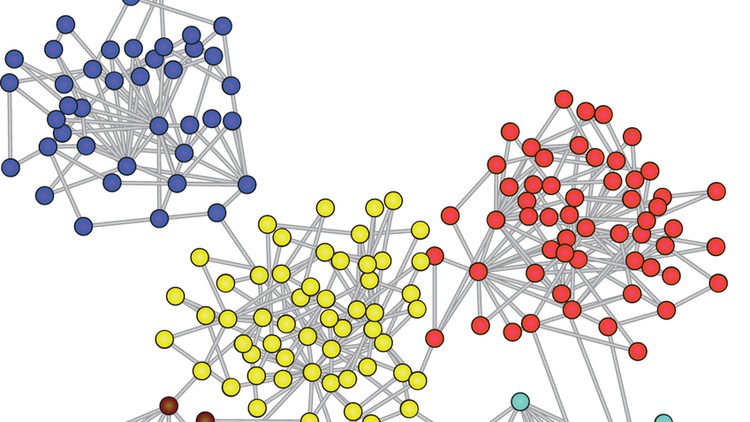
Learn The Art of Computer Programming
What you will learn
Learn how to design & analyze algorithms.
Become a better programmer.
Enhance your problem solving and critical thinking skills.
Learn to think like a computer scientist.
Description
In this comprehensive course, students will embark on a journey to explore the fundamental principles and techniques of algorithmic design and analysis. With a strong focus on practical applications, this course is tailored to equip learners with the knowledge and skills required to solve complex computational problems efficiently.
Throughout the course, students will delve into various essential algorithmic concepts, including:
Note➛ Make sure your 𝐔𝐝𝐞𝐦𝐲 cart has only this course you're going to enroll it now, Remove all other courses from the 𝐔𝐝𝐞𝐦𝐲 cart before Enrolling!
- Divide and Conquer Algorithms: Learn to break down complex problems into simpler subproblems, solve them recursively, and combine the solutions to conquer the original problem.
- Sorting: Gain insights into various sorting techniques, such as bubble sort, and mergesort, and how to analyze these algorithms.
- Hash Maps: Understand the power of hashing and its role in creating efficient data structures for fast data retrieval and storage.
- Stacks and Queues: Explore the functionality of these linear data structures and their applications in algorithmic design.
- Linked Lists: Grasp the intricacies of linked lists and their role in dynamic memory allocation and data manipulation.
- Dynamic Programming: Unravel the art of solving problems by breaking them down into overlapping subproblems and solving them in a bottom-up manner.
- Graphs, BFS, and DFS: Delve into graph theory, and master breadth-first search (BFS) and depth-first search (DFS) algorithms to traverse and analyze complex networks.
- Binary Search Trees: Learn about the structure and operations of binary search trees, and understand their importance in organizing hierarchical data efficiently.
- Asymptotic Analysis: Develop a solid understanding of Big O, Big Omega, and Big Theta notations to evaluate the efficiency and scalability of algorithms.
By the end of this course, students will have a strong foundation in algorithmic design and analysis, empowering them to tackle complex computational challenges with confidence and precision.
English
language
Content
Asymptotic Analysis
Asymptotic Analysis – Brief Overview
Common Notations in Asymptotic Analysis
Master Method
Asymptotic Analysis
Sorting and Divide-and-Conquer Algorithms
Maximum Subarray Algorithm
Maximum Subarray Pseudocode
Analyzing Maximum Subarray Algorithm
Bubble Sort
Bubble Sort Pseudocode, Logic, and Analysis
Merge Sort
Merge Pseudocode
Maximum Subarray, Bubble Sort, Merge Sort
Common Data Structures
Linked Lists
Linked List Operations & Pseudocode
Stacks & Queues
Stacks & Queues Pseudocode
Hash Maps
Hash Map Operations With Chaining
Binary Search Trees
Binary Search Tree Operations
Linked Lists, Stacks, Queues, Hash Maps, and BSTs
Dynamic Programming & Graph Algorithms
Dynamic Programming
Dynamic Programming Explanation & Rod-cutting Pseudocode
Graphs, BFS, and DFS
Graphs, BFS, and DFS Pseudocode
Dynamic Programming & Graph Search